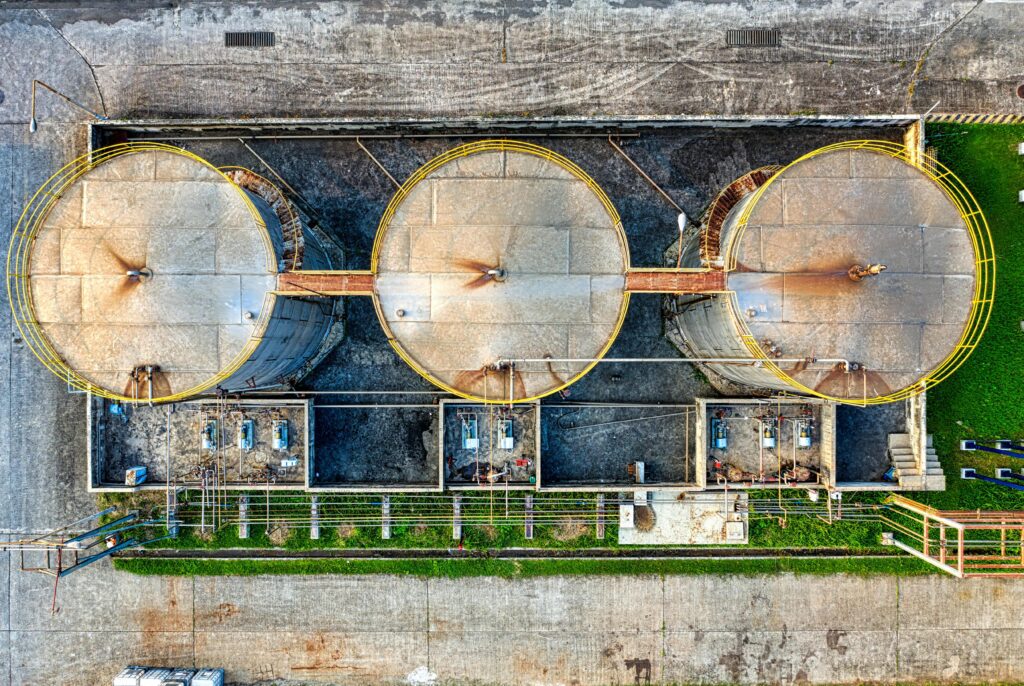Both internal floating roof (IFR) and IFR with an aluminum dome are designed to reduce vapor emissions from storage tanks. However, they differ in their construction and specific advantages.
Internal Floating Roof (IFR)
- Basic Design: A floating roof that rests on the surface of the stored liquid.
- Vapor Control: Reduces vapor emissions by limiting the vapor space above the liquid.
- Advantages:
- Cost-effective
- Proven technology
- Relatively simple design
- Disadvantages:
- Can be susceptible to wind and seismic forces
- Requires regular maintenance
- May experience seal failures
Internal Floating Roof with Aluminum Dome
- Enhanced Design: An IFR with an additional aluminum dome covering the entire tank.
- Vapor Control: Further reduces vapor emissions by creating a sealed environment.
- Advantages:
- Superior vapor control
- Increased protection against environmental factors
- Reduced maintenance requirements
- Disadvantages:
- Higher initial cost
- More complex design and installation
- Potential for corrosion issues with the aluminum dome
KEY FEATURES:

Choosing the Right Option
The choice between an IFR and an IFR with an aluminum dome depends on various factors, including:
- Regulatory Requirements: Some regions have stricter environmental regulations that may necessitate a more advanced design like an IFR with an aluminum dome.
- Product Type: The type of product stored can influence the choice of technology. Volatile products may benefit from the additional protection offered by an aluminum dome.
- Cost Considerations: Initial costs, long-term maintenance costs, and potential environmental fines need to be evaluated.
- Operating Conditions: Factors such as wind loads, seismic activity, and temperature extremes can impact the performance of both types of roofs.
By carefully considering these factors, you can select the most suitable option for your specific needs.







